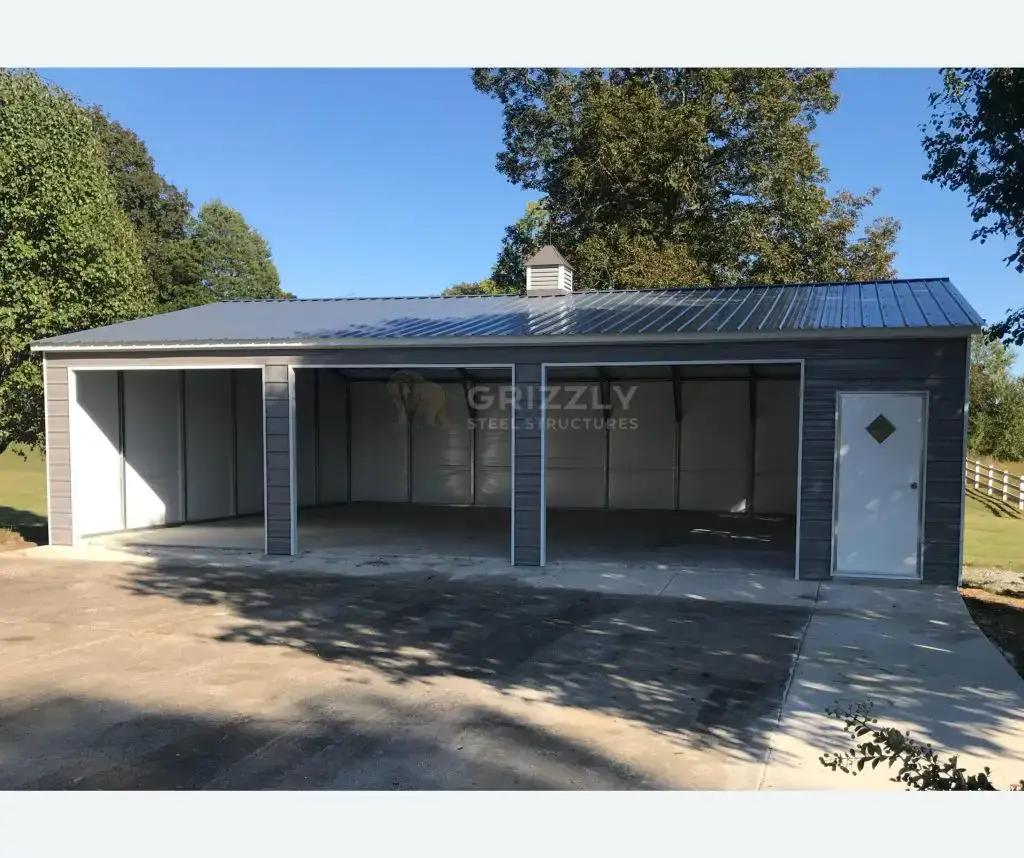A typical three-car garage is often considered standard for several practical reasons:
- Family Size and Multiple Drivers: In many households, there are multiple drivers with their own vehicles. A three-car garage allows for the storage and protection of cars driven by different family members.
- Storage Space: Besides accommodating cars, garages are frequently used for storage. Homeowners often store tools, equipment, seasonal items, and recreational vehicles like bicycles and motorcycles in their garages. A three-car garage provides extra space for these items while still leaving room for cars.
- Workshop or Hobby Area: Some homeowners use part of their garage as a workshop or hobby space. Whether it’s woodworking, home improvement projects, or crafting, having a three-car garage can provide the necessary room for such activities without compromising car storage.
- Guest Parking: A three-car garage can be convenient for guests who visit. It provides extra parking space, especially when hosting gatherings or events at home.
- Resale Value: Homes with three-car garages tend to have higher resale values because they are in demand. Many homebuyers see the value in having additional garage space, even if they don’t have three cars themselves.
- Future Needs: Families’ needs change over time. What may start as a two-car household could become a three-car household if additional family members start driving or if needs evolve. A three-car garage anticipates these future needs.
While a three-car garage is considered standard in many suburban homes, it’s essential to note that garage size can vary widely depending on location, the specific housing market, and individual preferences. In densely populated urban areas, two-car garages or even single-car garages may be more common due to limited space. Conversely, in rural areas or regions with larger properties, four-car garages or larger can be standard. Ultimately, the garage size should align with the homeowner’s lifestyle and needs.





